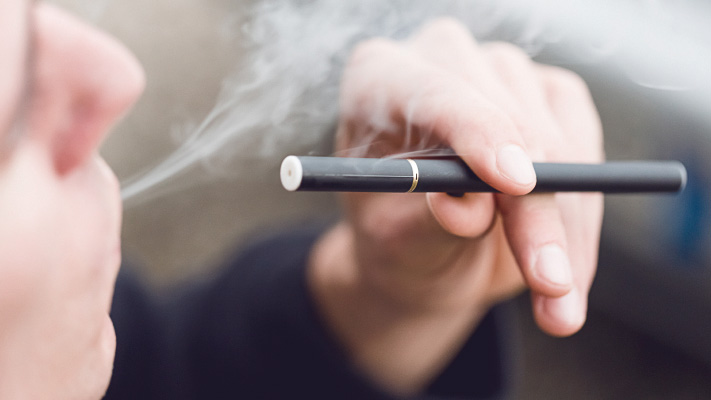Healthline News: Teen E-Cigarette Use Linked to Breathing Problems
A study of adolescents in Hong Kong found respiratory issues were 30 percent more likely in vapers than non-vapers.
Written by Roberta Alexander
A new study out of Hong Kong is not likely to settle the issue any time soon.
Researchers looked at the respiratory health of Chinese adolescents, both those who use e-cigarettes and those who do not. The results, published in JAMA Pediatrics, have raised concerns about the impact of e-cigarettes on the health of minors.
Ho is an associate professor in the School of Public Health whose main research interests are in adolescent health in relation to tobacco, alcohol, and obesity.
He and fellow researchers found that adolescents who use e-cigarettes were approximately 30 percent more likely to report respiratory symptoms than adolescents who do not use them.
Thousands of Students Studied
More than 45,000 students in Hong Kong participated in the study. Data was collected between 2012 and 2013.
Of the sample population, 1.1 percent of students reported e-cigarette use within the past 30 days. Those students were 30 percent more likely than their peers to report respiratory problems.
The results are suggestive but not definitive. Dr. Norman H. Edelman, senior consultant for scientific affairs for the American Lung Association, found the study intriguing.
“It’s important [but] we need to know if the lungs are injured. It’s not clear if this really affects the lungs. We’re not sure what the symptoms are,” Edelman told Healthline.
He wondered if the young subjects were reporting soreness in their throats, excessive coughing, or difficulty breathing. He would like to see a follow-up study, perhaps in the United States.
“We need to do lung function tests,” he said.
“Whenever you breathe in something, you don’t know what’s in it. Some of the data suggest irritation,” Edelman said. “We don’t know what the negative effects are. This is just a beginning.”
E-cigarettes and vaporizers use liquids that have varying amounts of nicotine or none at all. These liquids are not regulated by the U.S. Food and Drug Administration (FDA), but generally also contain propylene glycol, a suspected lung irritant, and vegetable glycerin.
“While supporters [of e-cigarette use] are optimistic about the potential for harm reduction in the minority of established cigarette smokers, [for] which convincing evidence is lacking, this does not seem to justify the potential harm of renormalizing cigarette smoking, delaying smoking cessation, and escalating to real cigarette smoking, especially among the majority of non-smoking young people,” Edelman said.
E-Cigarettes Gaining in Popularity
The use of e-cigarettes have surpassed the use of conventional cigarettes among young people in the United States.
“Nicotine is very harmful to the developing child and adolescent brain,” Zeller said. “Parents should take no comfort in the fact that their kids are using an e-cigarette rather than a burning cigarette because of the presence of nicotine.”
http://www.healthline.com/health-news/teen-e-cigarrette-use-linked-to-breathing-problems-111715#1



